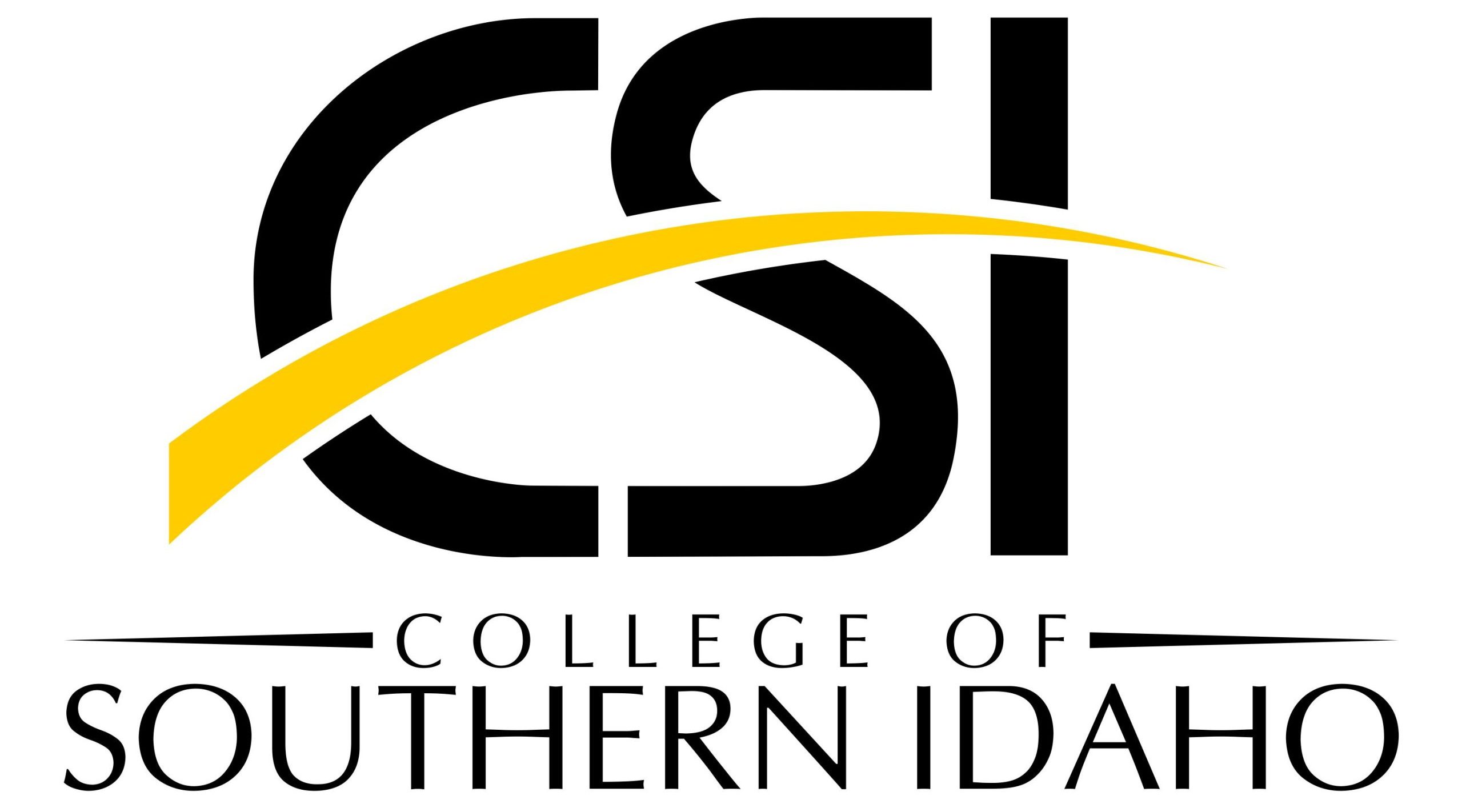8 Creating Call Numbers using Dewey Decimal Classification
Creation, Adoption, or Formation?
Technically, catalogers today rarely “create” a Dewey Decimal Number for an item out of whole cloth. Instead, they use multiple tools to find what other catalogers have done. OCLC Connexion is one service that provides this connection. Catalogers search for a work on that site and are given multiple records to choose from. Then, they select the most appropriate MARC record and base the record for their institution on their selection, altering it as necessary. If they do not agree with the MARC record, for example the subject headings or the Dewey Decimal number, they can change elements if needed.
At times, however, research behind the Dewey Decimal Number is needed, whether this is to verify the subject of the work or to create one’s own Dewey Decimal Number. This is where WebDewey or an open source alternative is useful. These tools can help researchers examine the details of coming up with a specific DDN for a work. There are a plethora of rules and guidelines to using these tools, so we will come back to this subject later.
Dewey Decimal Number Formation
After the numbers following the decimal point, many books have Cutter numbers. These numbers may follow another decimal point, but usually they follow a space. The first symbols in the Cutter number are one to three letters from the author’s last name. The next symbols are one to three numbers. These numbers correspond to the particular author and place the item in a particular place in the context of their works. For example, The Foundation trilogy may have a final number of 5, while Foundation’s Edge, the next work in the series, could have a final number of 6. Cutter numbers are present in both LOC and Dewey Classifications.
We have already discussed how Dewey Decimal Call Numbers are created using general categories on the left of the number. More numbers means that a work has been placed in an increasingly specific category. The first five or six numbers of the Dewey Decimal Call Number place an item in its categories. After this first batch of characters comes the Cutter number.
The Cutter number for any work by Asimov when described in the Dewey Decimal System is AS832. So, if we add the “5” theoretical end number, the complete Dewey Decimal Call Number is 813.54 As8325.
How did I get the call number initial digits for The Foundation trilogy? Well, there are several resources one can examine to determine the most appropriate category. For example, the most specific category represented in the Dewey Decimal Call Number was the year range from 1945 to 1999. This was found on the publishing page. The country, and the fact that the item is a work of fiction, can also be found on the table of contents. Obviously the work is a piece of literature, so that places it is the broadest category of 800.
The themes of the books can also be major helps to those who are trying to determine the category in which an item should be placed. Useful elements include:
- Item Title
- Chapter titles
- Introduction
- Subject headings on the publishing page
- Records made by other institutions, such as OCLC or a Library Consortium.
Look Up Dewey Decimal Numbers
There are multiple methods one can use for free to access the Dewey Decimal Classification System. If you do not have access to WebDewey, we will use the Open Access provided by LibraryThing on their Melvil Decimal System page. If you have a WebDewey account, you can also use this account to search for DDC categories. Access to OCLC Connexion is imperative, as that program will help you find the most accurate MARC records for each item. There is no reliable Open Access counterpart to this system.
Let us try to look up some Dewey Decimal Call Numbers for some other items.
These tools will get you access to the first few numbers. To generate a Dewey Decimal Cutter number, use the tool provided by ALT at http://cutternumber.com/. Some Cutter numbers are a combination of this process and the Library of Congress classification system.
After the subject number and Cutter number, be sure to place a year. This will further differentiate each item that has a similar subject and same author. If two books have the same subject and author and were published in the same year, there are multiple methods to differentiate. One can either have a more specific Dewey Decimal Number on one of the books or add a letter after the year. The latter option is preferred.


Feedback/Errata